Innovation
Autonomous racing: How does AI-powered motorsport work?
by Samarth Kanal
5min read
.jpg?cx=0.5&cy=0.5)
Artificial intelligence is already deployed in top-level motorsport such as Formula 1 as teams eke out every drop of performance - but autonomous racing is currently in its early stages.
This is where motorsport comes in: a high-speed proving ground for autonomous vehicle technology.
Various universities and research institutes have begun to develop autonomous racing cars in series and leagues - most notably Abu Dhabi Autonomous Racing League (A2RL) and the Indy Autonomous Challenge (IAC) - but how does such racing work?
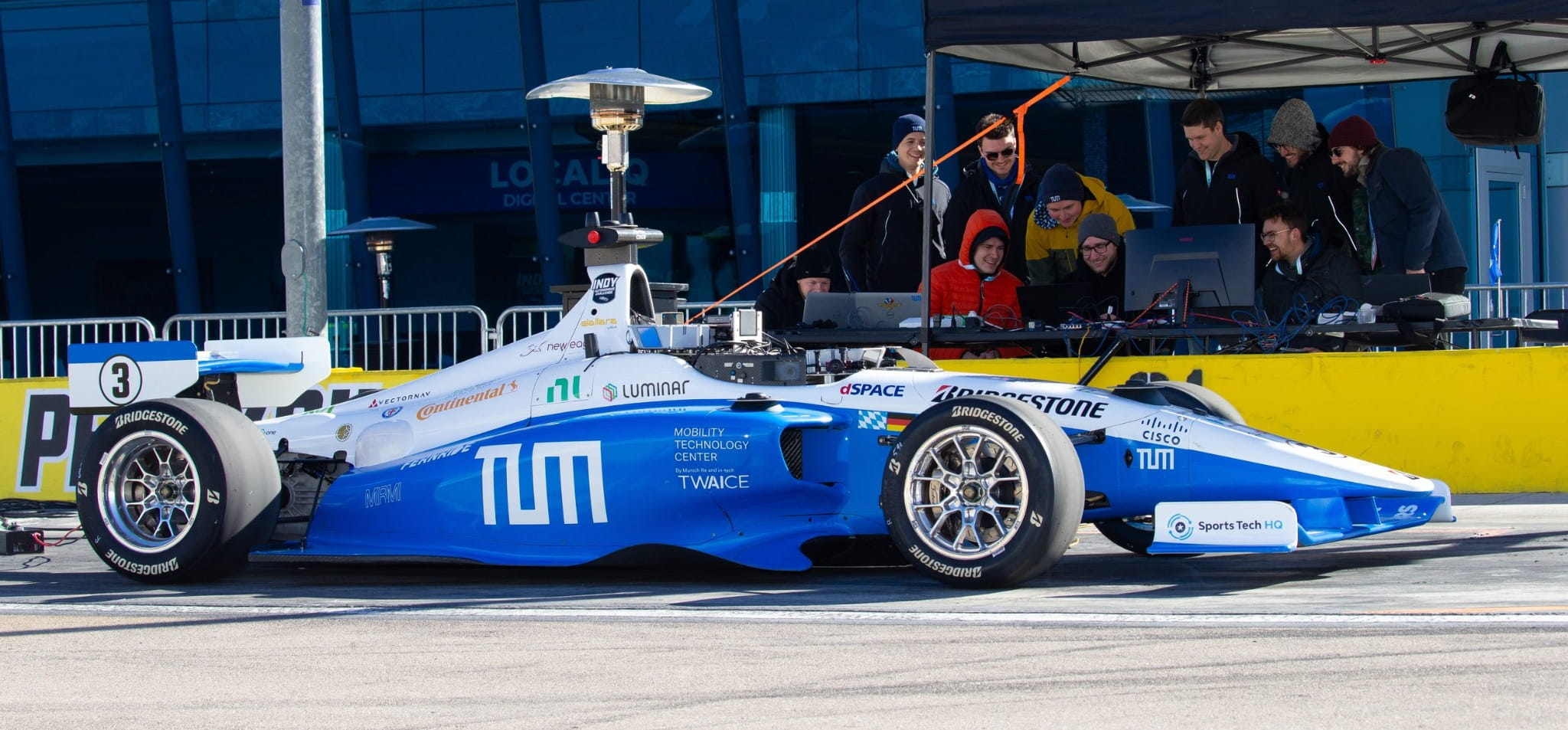
An Indy Autonomous Challenge car. Image courtesy of IAC
What’s inside the cockpit of an autonomous racing car?
There’s plenty of space in the cockpit of an autonomous racing car without a driver at the wheel - but that void is filled by cameras, sensors, and computing equipment.
The A2RL racing car includes seven cameras that provide 360-degree coverage, four radars, and three Lidar devices. Radar sends radio waves that bounce back to the sensor in order to ascertain the position of objects around the car while Lidar uses light: laser pulses that paint a picture around the car.
Lidar’s advantage is that it can build detailed 3D maps of the surrounding area while radar can detect the speed and distance of moving objects nearby and, thanks to the use of radio waves, can detect objects much further away.
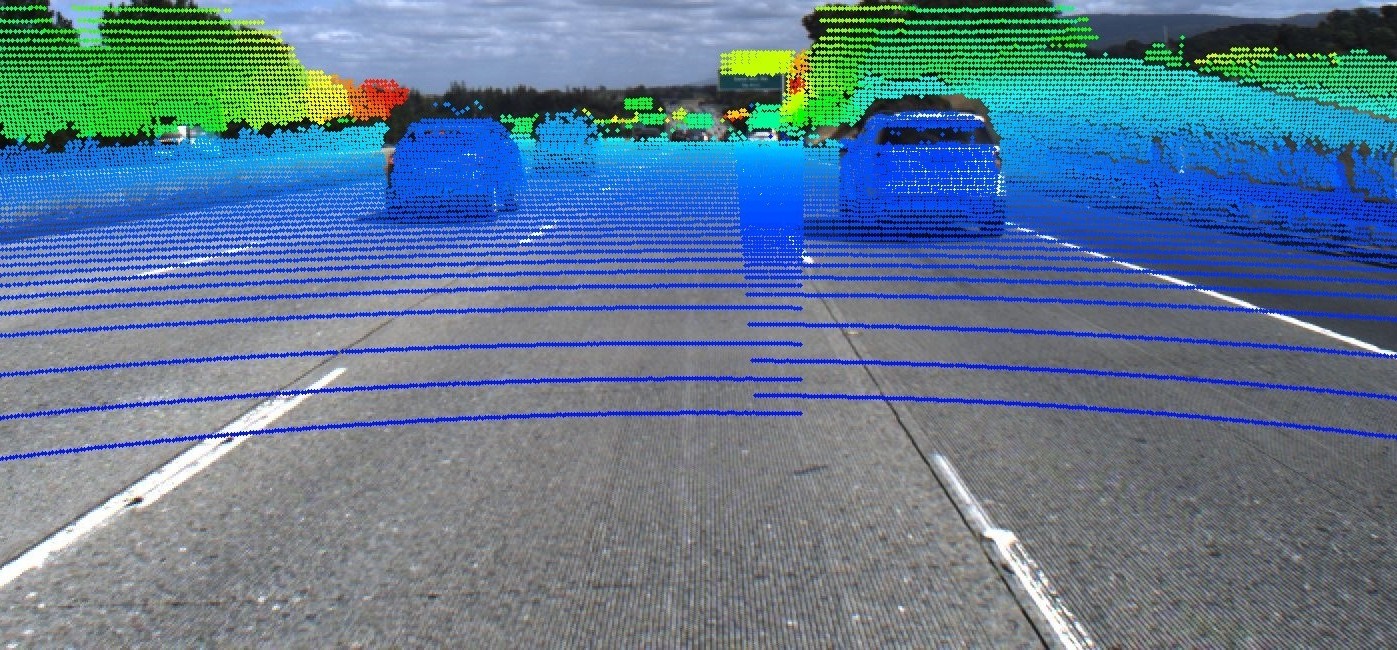
An example of a 3D map created by Lidar scanning
The computer and graphics processing unit both form the ‘autonomous stack’ for the car. This is commonly referred to as the car’s ‘brain’. The stack uses a base level of coding that has been built up by human input - drivers who have already set times around the track - and that code is then honed by coders sitting in the paddock, just like engineers do at any other motorsport event.
Of course, the stack doesn’t solely rely on the base code; it makes its own decisions surrounding throttle, steering, and braking input in order to safely navigate the track.
Executive director Tom McCarthy said to RaceTeq that the computer emulates the inputs of a human being using the data it gets from sensors and code.
“All race cars in A2RL use a drive-by-wire system that replicates human inputs. This system employs actuators for the steering, braking, and gear shifting, eliminating the need for a physical driver. These actuators are all controlled by the onboard computer,"
He told the official A2RL website: “I think if we look at any racing drivers, the personality of the drivers will in itself create a reputation as well.”
IAC’s car works in a similar way as it has a computer that derives information from sensors and then translates that into throttle, braking, and steering inputs. This car, however, has six cameras, two radar devices, and four Lidar devices.
The radar devices are not utilised if the IAC car is on the track alone - like at the Goodwood Festival of Speed, for instance.

Sensors and computers replace the driver in the cockpit of an autonomous racing car. Image courtesy of IAC
How do the A2RL and IAC cars differ?
The A2RL car and the IAC cars are built on different platforms, using chassis and engines that are utilised in other major racing series.
In A2RL’s case, the autonomous system is built onto a 2023 Dallara Super Formula chassis powered by a four-cylinder turbocharged 2.0-litre Honda engine producing around 550 horsepower at its peak, with a six-speed 3MO gearbox on Yokohama tyres and Brembo brakes.
The IAC car is similar but, instead of being based on the Super Formula chassis that races mainly in Japan, the IAC AV-24 is based on a Dallara Indy Lights car - now known as Indy NXT, which races in North America.
This car is also powered by a four-cylinder 2.0-litre Honda engine that produces up to 488 horsepower. The engine is mated to a six-speed gearbox with Bridgestone tyres.
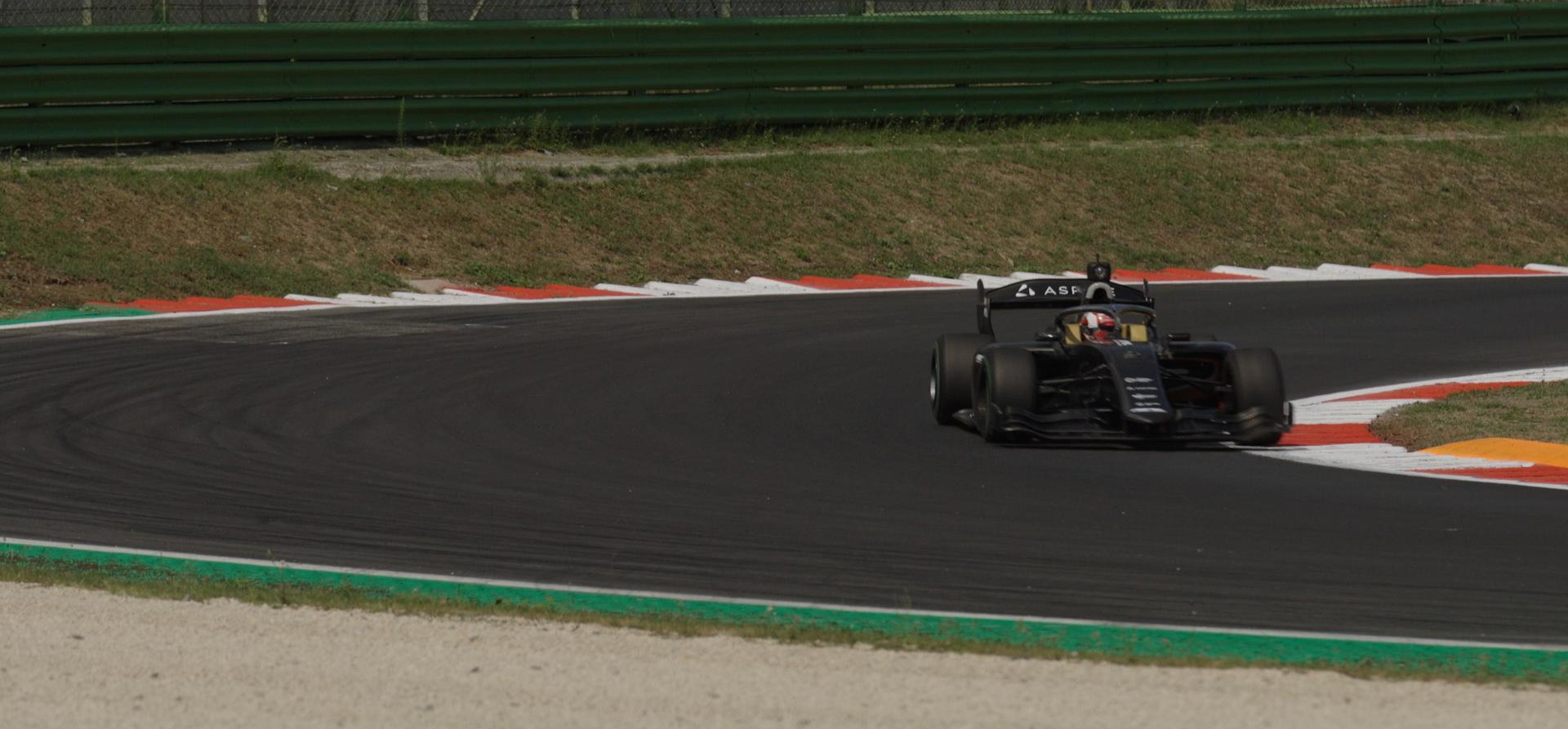
Japanese Super Formula racer Juju Noda tests an A2RL racing car
What is the top speed of an autonomous racing car?
A2RL cars began hitting the track in 2024 while IAC started on track in 2021, so A2RL is in its infancy compared to its American counterpart. Therefore, A2RL cars currently turn laps much slower than IAC cars.
IAC holds numerous autonomous racing records including the top speed for an autonomous car at the Goodwood Festival of Speed hillclimb (111.2 miles per hour), which was previously held by the now-defunct Roborace project.
“Goodwood is known for its unforgiving narrow course, lined with hay [bales] and limited run-off space,” IAC stated after setting its record at the Festival.
“Attempting an autonomous hillclimb at the Festival of Speed required absolute control of grip and slippage from the AV-24’s Bridgestone racing tires as well as precision mapping and localization in a GPS limited environment resulting in a higher than usual reliance on the AV-24’s Luminar Iris Lidars.”
Furthermore, IAC has set the autonomous land speed record of 192.2 mph. This was achieved in 2022 on the Kennedy Space Center runway in Florida, USA.
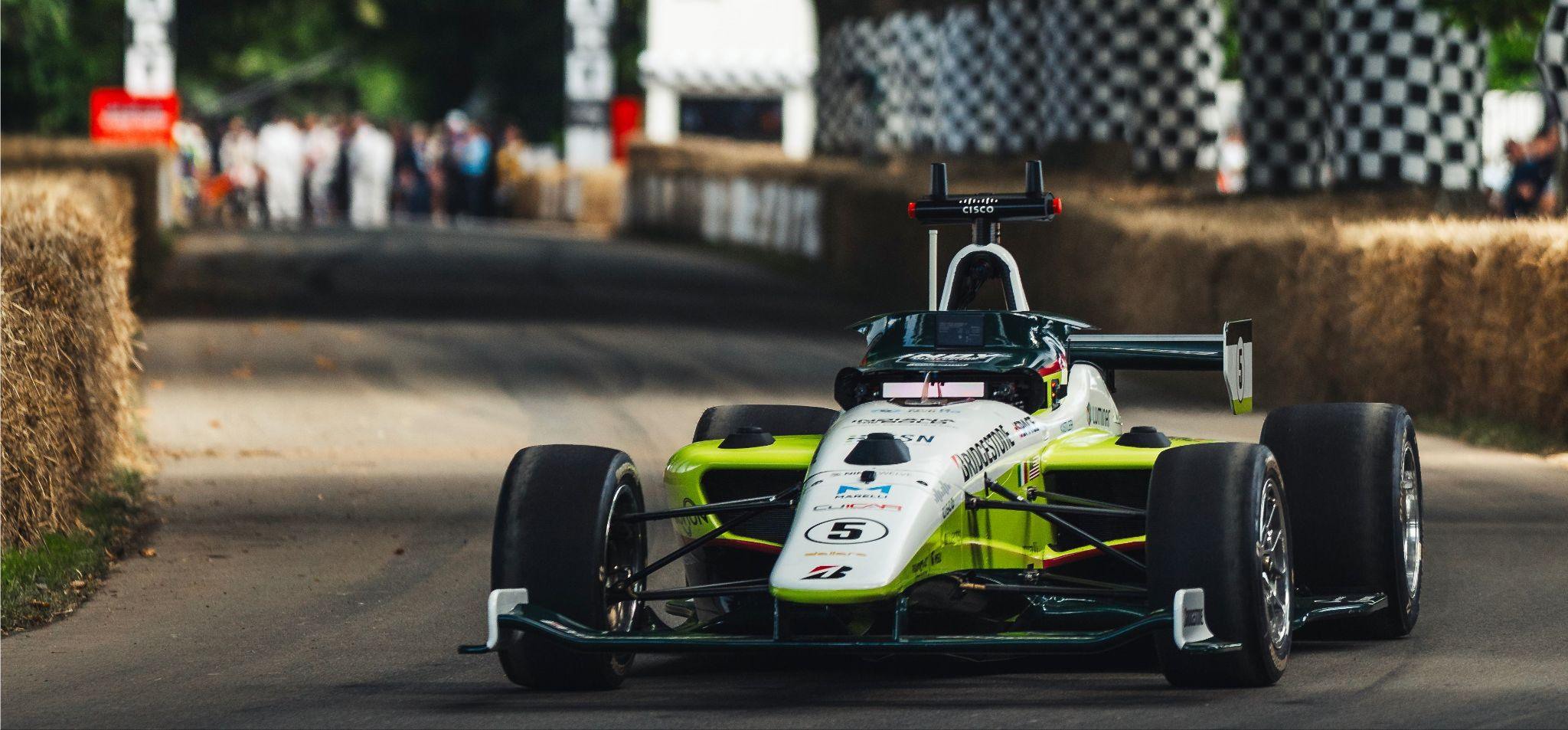
The IAC car takes to the 2024 Goodwood Festival of Speed hillclimb
How does autonomous racing competition work?
A2RL carried out its maiden event at Yas Marina Circuit, UAE - host of the Abu Dhabi Grand Prix - in April 2024.At Yas Marina, A2RL staged a ‘man vs machine’ challenge, in which former F1 driver Daniil Kvyat took on an autonomous car. However, Kvyat slowed considerably to allow the AI-driven car to catch up and pass him; this was more of a demonstration than a flat-out race.
Eight teams comprised the inaugural A2RL grid, all of them including university students from institutions around the world in countries such as Germany, Switzerland, China, the UAE, Singapore, and Italy. They are all competing for a share of a $2.5 million prize pool.
Those eight teams fielded one car apiece through various qualifying sessions that filtered them down to a four-car finale - a six-lap race. In reality, this race was more of a test session in which cars repeatedly went off track and even stopped in place. Regardless, the University of Munich (TUM) was crowned the winner.
.jpg?cx=0.5&cy=0.5)
The inaugural A2RL event took place at Yas Marina Circuit in 2024
A2RL will return for its second season as an undercard for the Japanese Super Formula series finale at Japanese Grand Prix venue Suzuka on November 9-10, 2024.
There, Kvyat will once again take on an autonomous racing car in a 'Man vs Machine' showcase.
IAC held a night event in Las Vegas in January 2024 with its cars wrapped in LEDs. In the final race of that event, cars reportedly reached speeds of more than 150mph and even raced side-by-side in cold and windy conditions, and the winner was the Technical University of Munich - as would be the case in A2RL.
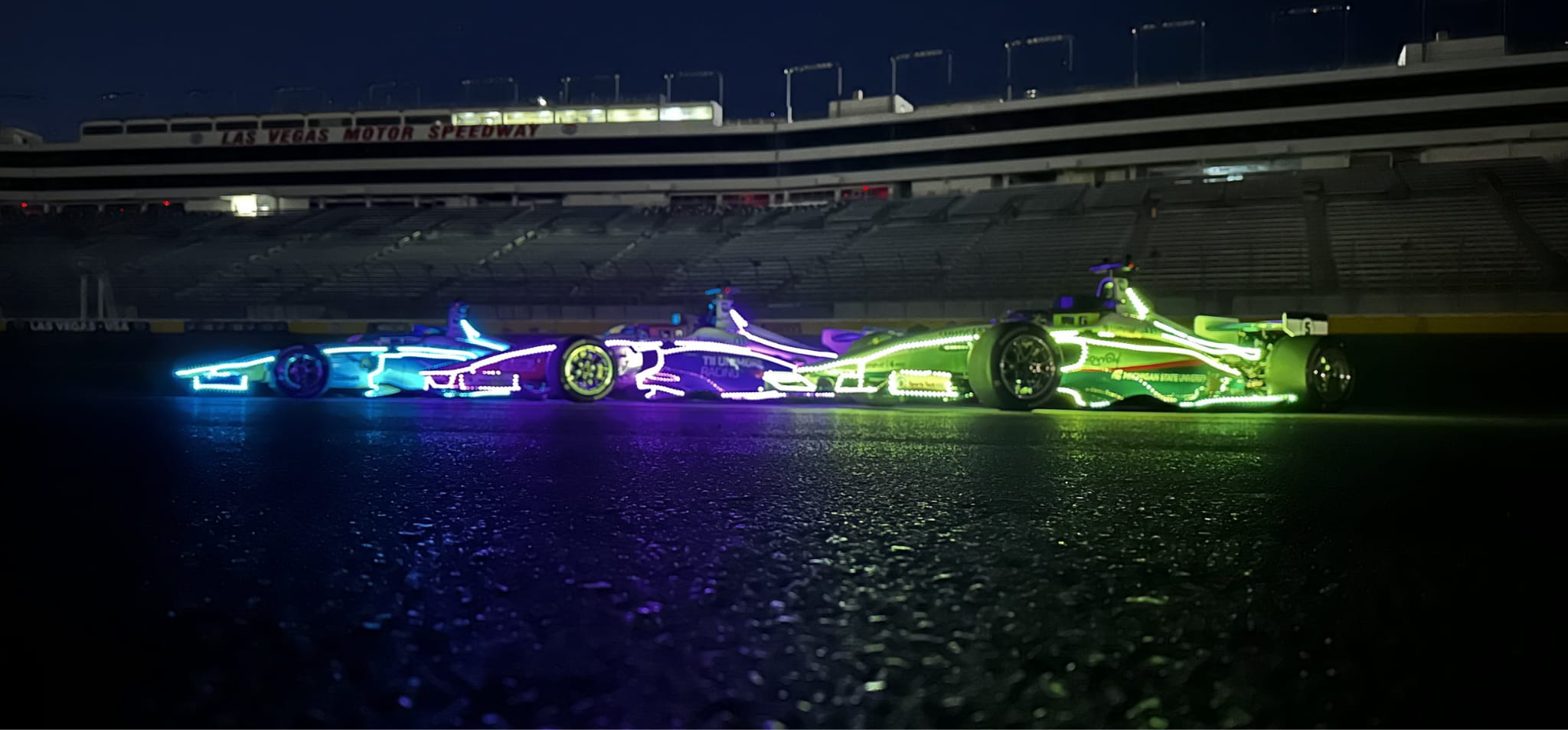
The IAC cars were adorned in LEDs at this year’s CES event
Following its first race of 2024 at CES, IAC demonstrated its car at the Goodwood Festival of Speed.
On September 6, 2024, IAC returned to action at the Indianapolis Motor Speedway, USA. The University of Virginia's Cavalier Autonomous Racing team won the event with an average speed of more than 171 mph. IAC now aims to return in 2025 with an event in Las Vegas.
While IAC is setting records and racing at high speeds, A2RL is evolving at a rapid rate - and both series have overlapping competitors. It feels unnecessary to compare the merits of either series as they will eventually end up converging in terms of performance.
Furthermore, both A2RL and IAC have similar aims: to advance the adoption and efficacy of autonomous cars, and provide a valuable STEM education experience for university students around the world.
A2RL images courtesy of https://a2rl.io/
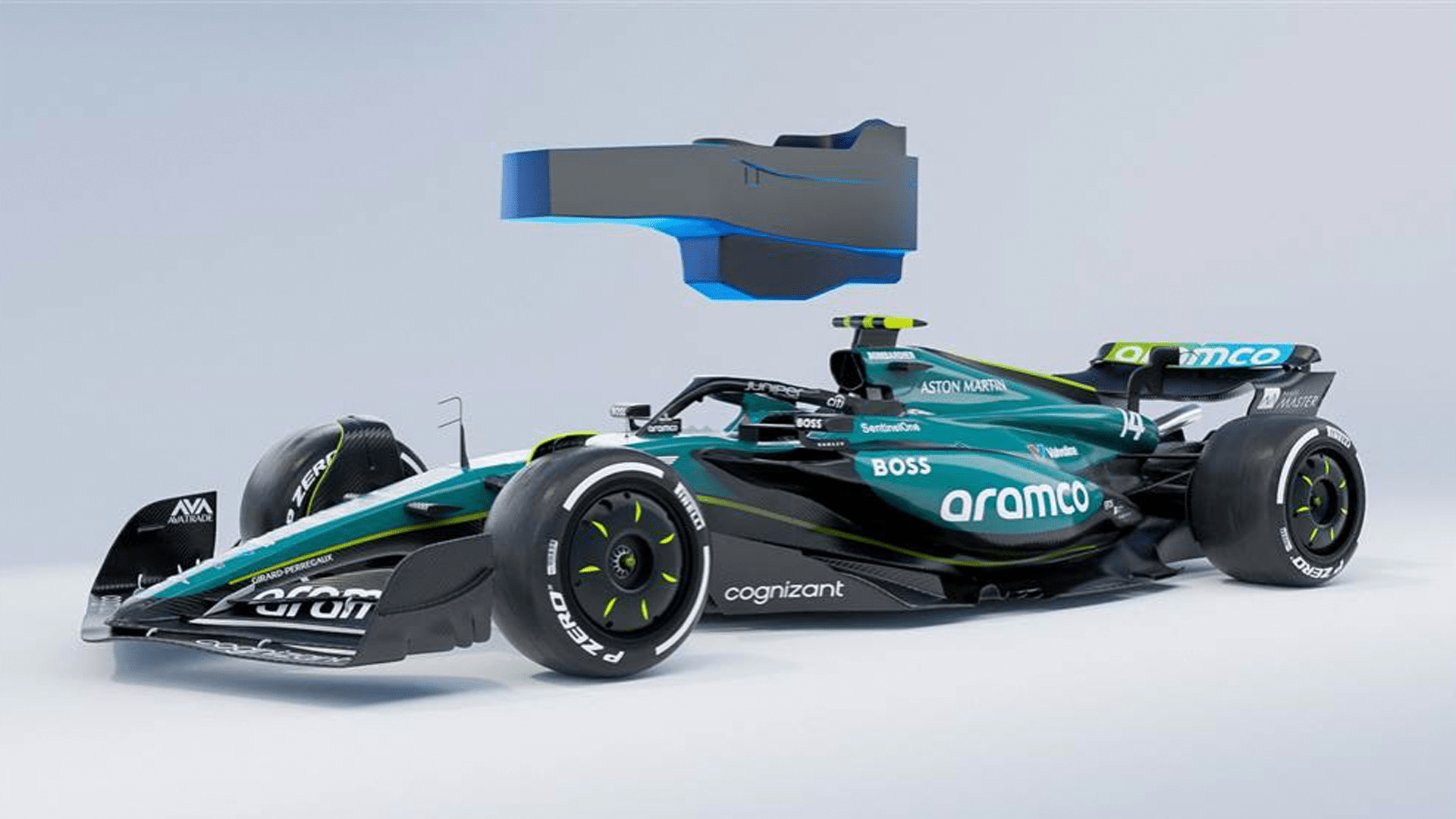
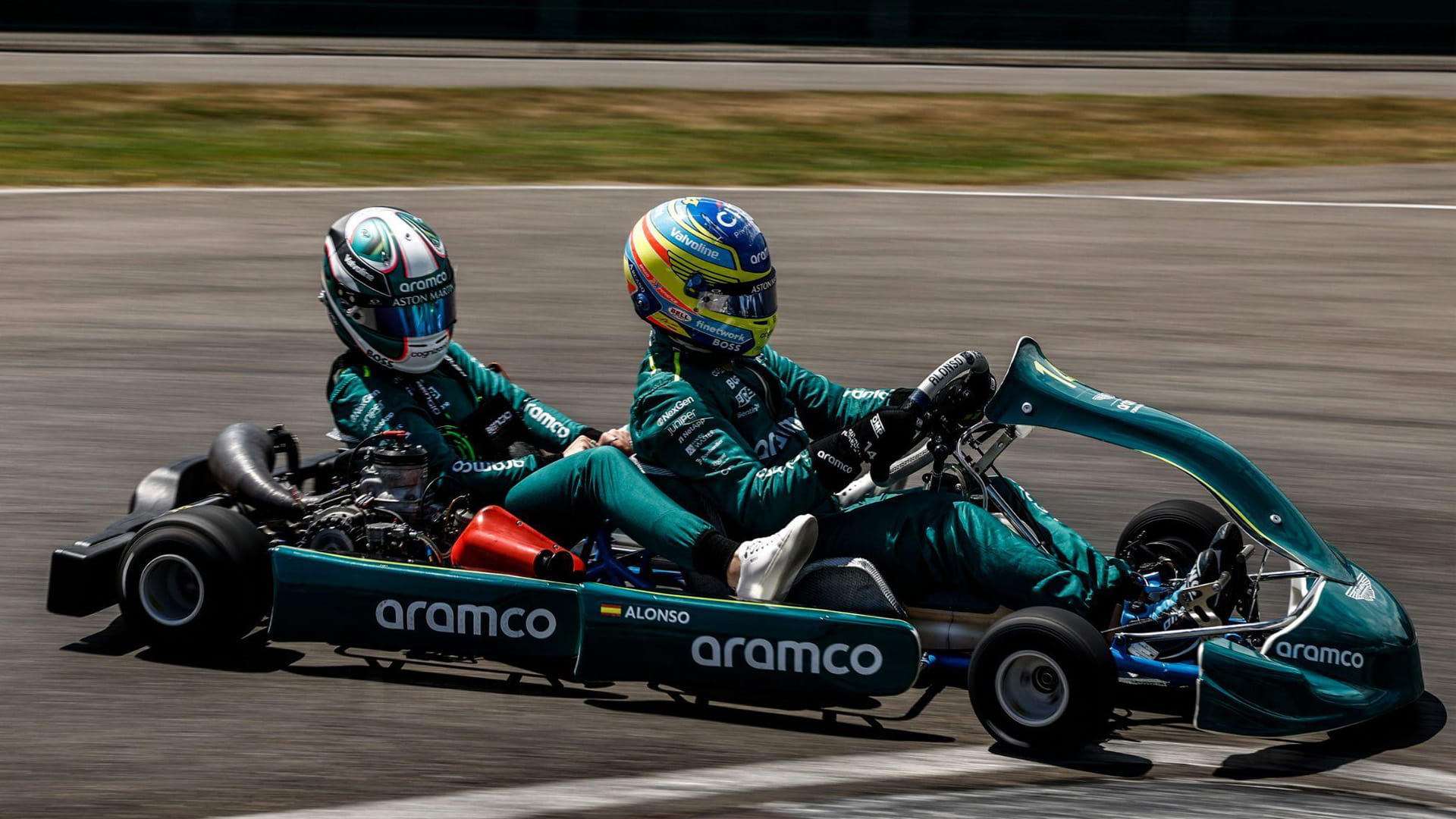
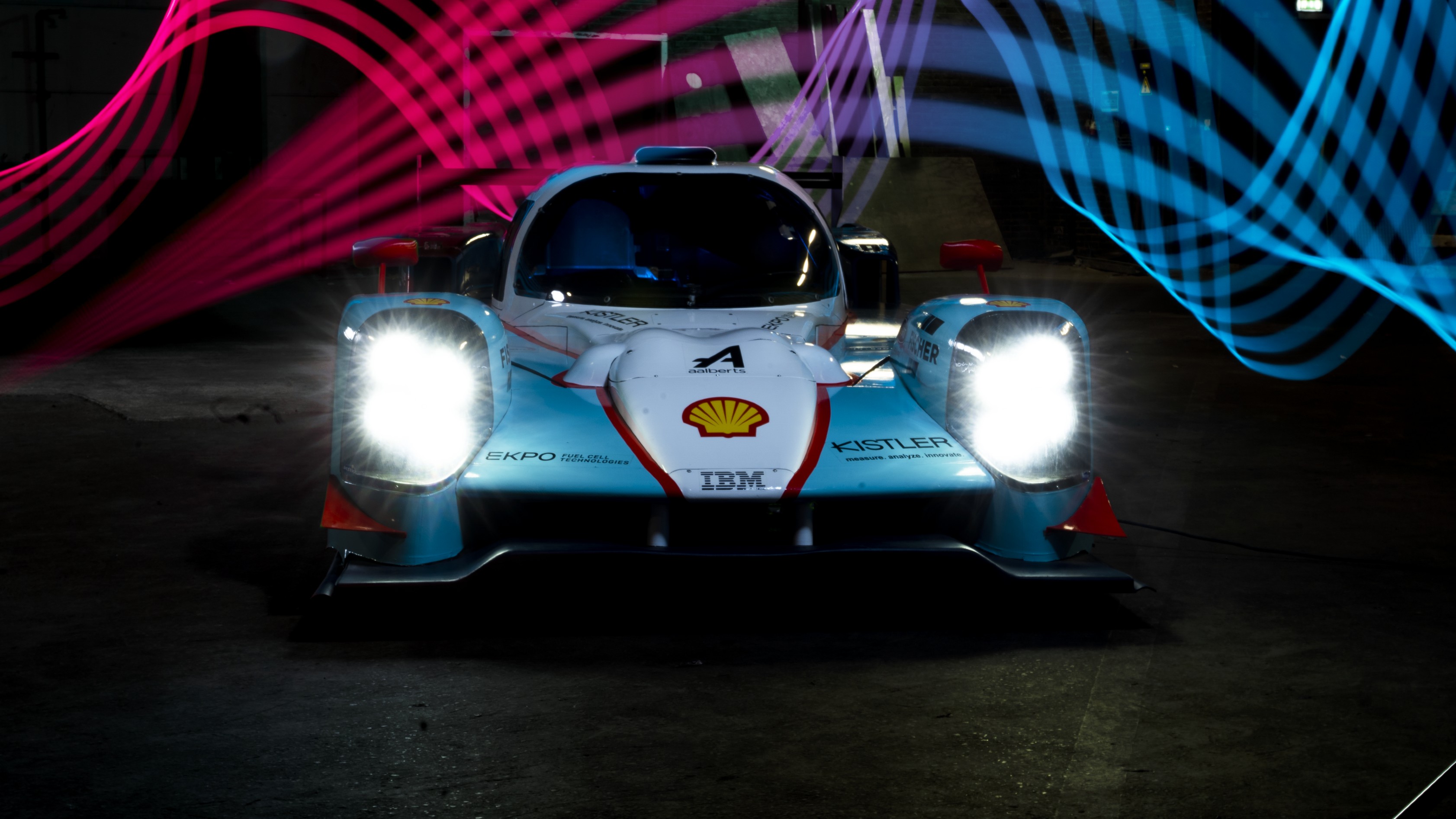
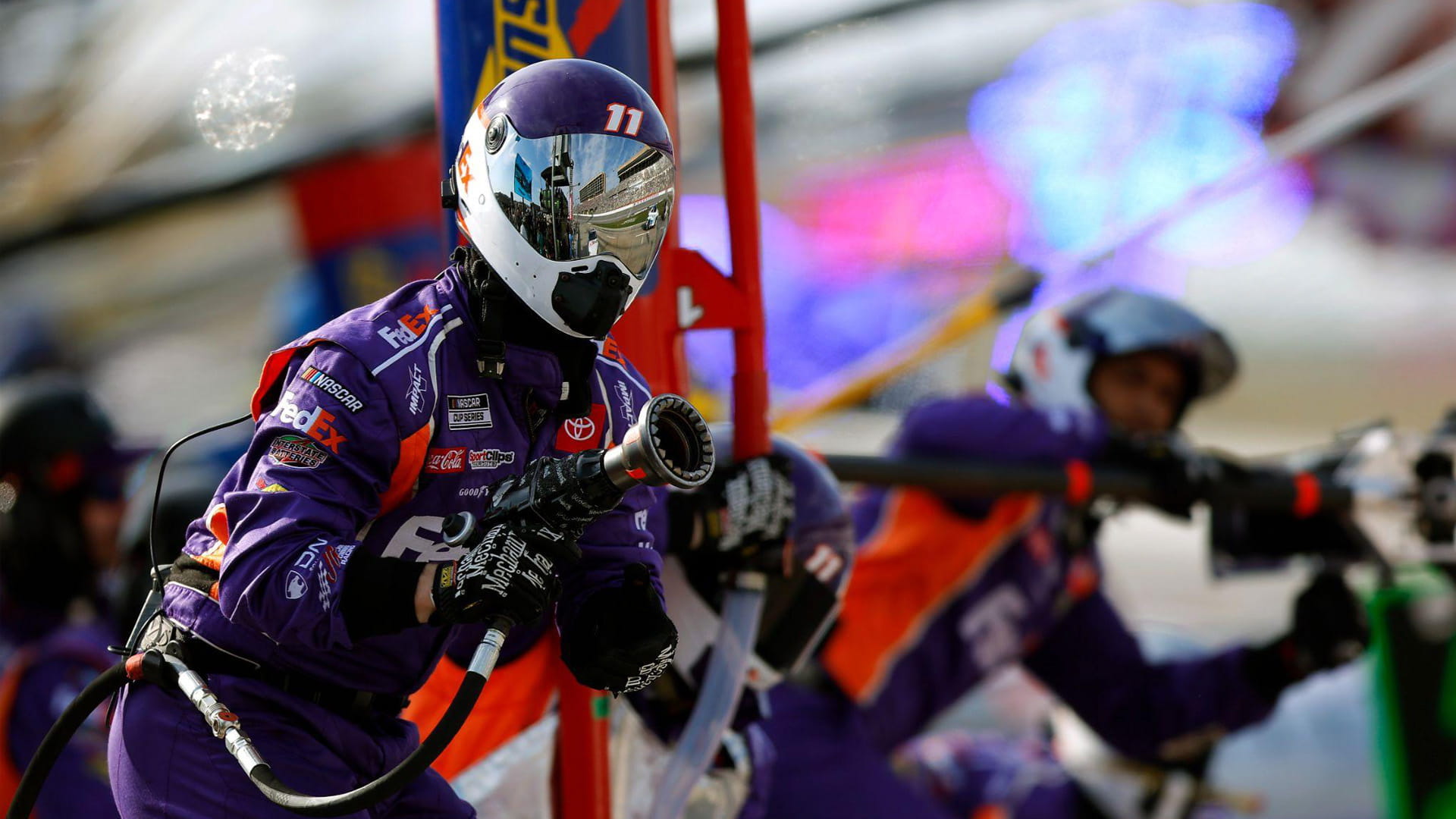
.jpg?cx=0.5&cy=0.5)

/si202407110440_hires_jpeg_24bit_rgb-(1).jpg?cx=0.5&cy=0.5)
